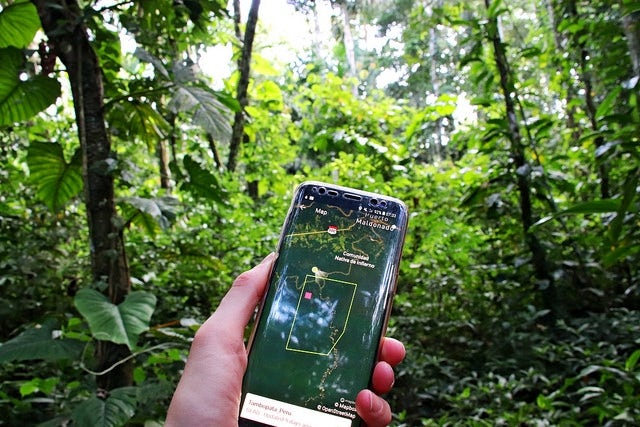A scientific article published in the prestigious journal Proceedings of the National Academy of Sciences (PNAS) indicates that thanks to the use of smartphones and satellite data, the native communities of the Amazon region of Loreto, Peru, have managed to considerably reduce the level of deforestation.
An investigation published in the journal PNAS analyzed how members of native communities, equipped with remote sensing technology, have been able to influence the reduction of deforestation in their communities, whose forest cover is threatened by illegal activities such as illegal gold mining, logging, and the planting of illicit coca plant crops.
The study records that during the first year of application of this type of monitoring there was a 52% drop in deforestation in the first year, while in the second year it was 21%. These percentages were obtained in comparison with communities that did not adopt the indigenous monitoring strategy.
"The study proves that supporting communities with the latest technology allows reducing deforestation in our territories," says Jorge Pérez Rubio, president of the Regional Organization of Indigenous Peoples of the East (ORPIO). ORPIO is the indigenous organization that brings together the native communities participating in indigenous monitoring.
Each community assigned to the surveillance treatment trained three representatives to carry out surveillance patrols each month in which they verified the progress or setbacks of illegal deforestation.
While reducing deforestation benefits the protection of indigenous ancestral territory, it also helps in the fight against climate change. The forests on the lands monitored for this study contain 37.7 billion tons of carbon, which is equivalent to 29 times the annual emissions of all passenger vehicles in the world.
“While formal recognition of indigenous peoples' land ownership is key to protecting their territories from deforestation, it is most effective when combined with active forest management, and robust community and local governance,” says Suzanne Pelletier, Executive Director of the Rainforest Foundation US.

